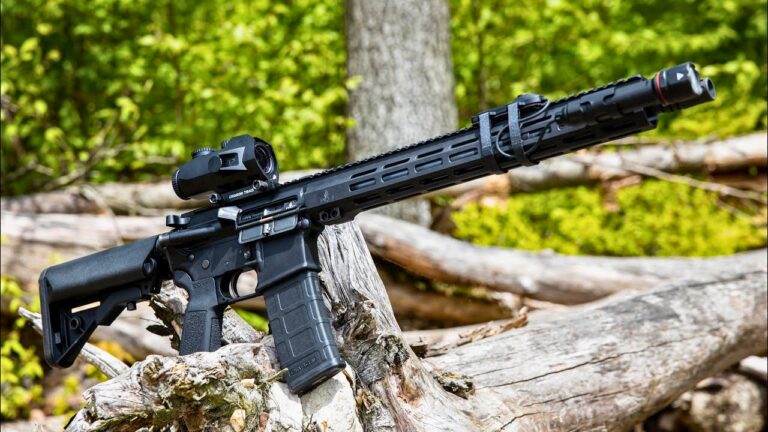Every hunter’s got one — that rifle that seemed perfect in the store but flopped in the field. Maybe it kicked too hard, wouldn’t hold zero, or just never felt right when it mattered. By the end of the season, it was shoved to the back of the safe, forgotten and unloved. These aren’t always bad rifles, but they’re the ones that never earn your trust. They remind you that marketing and specs can’t replace real-world experience — and that some guns deserve to stay on the rack.
Mossberg Patriot
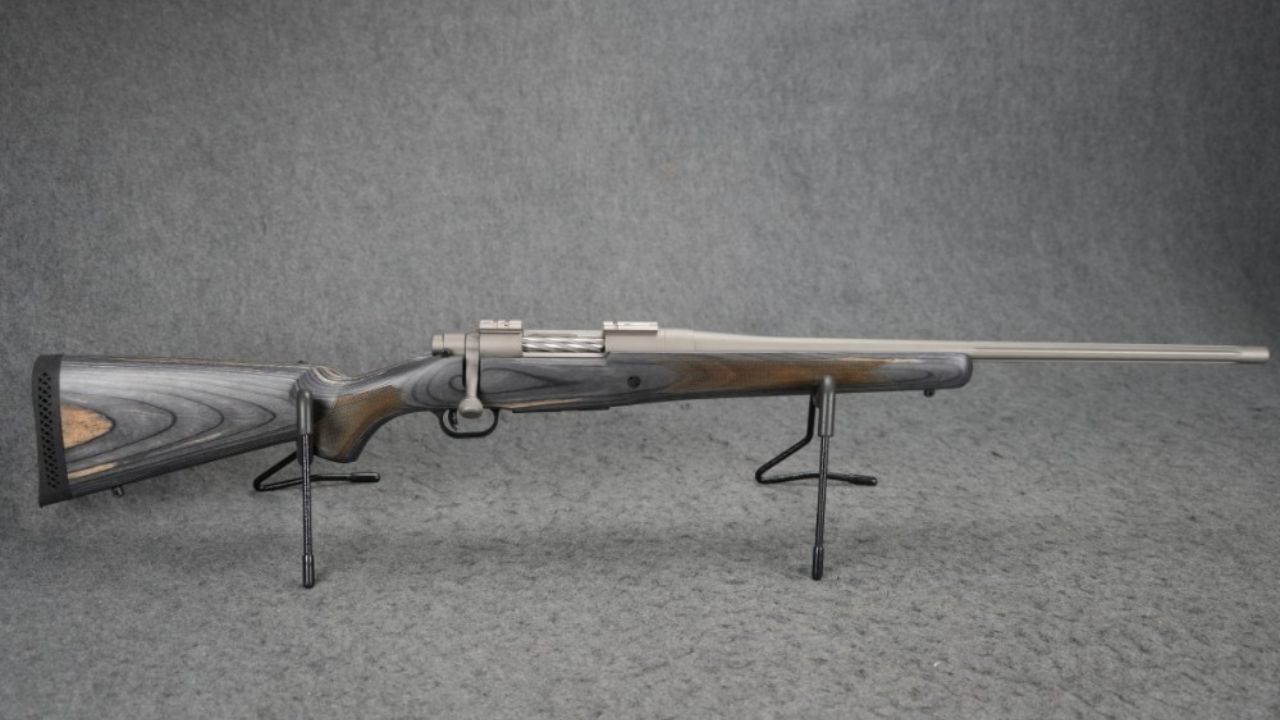
You pick the Patriot because the price looks right and the marketing promises a no-nonsense workhorse, but after a season you wonder why you bothered. Out of the box the action can feel gritty and the factory trigger tends to be long and vague. That’s not a deal-killer if you like tinkering, but if you wanted something that just settled on target and let you shoot, you’re stuck upgrading parts or putting the rifle on the shelf. For a gun meant to be a dependable pack companion, that’s a poor first impression.
In the field the Patriot often shows what I call “perform-and-leave” behavior: it will do the job when needed but it doesn’t inspire confidence for the next season. You shoot once, shrug at the ergonomics or the stock fit, and go get something that makes you smile when you shoulder it. Plenty of Patriots end up traded or relegated to the safe because they’re functional but forgettable.
Browning A-Bolt
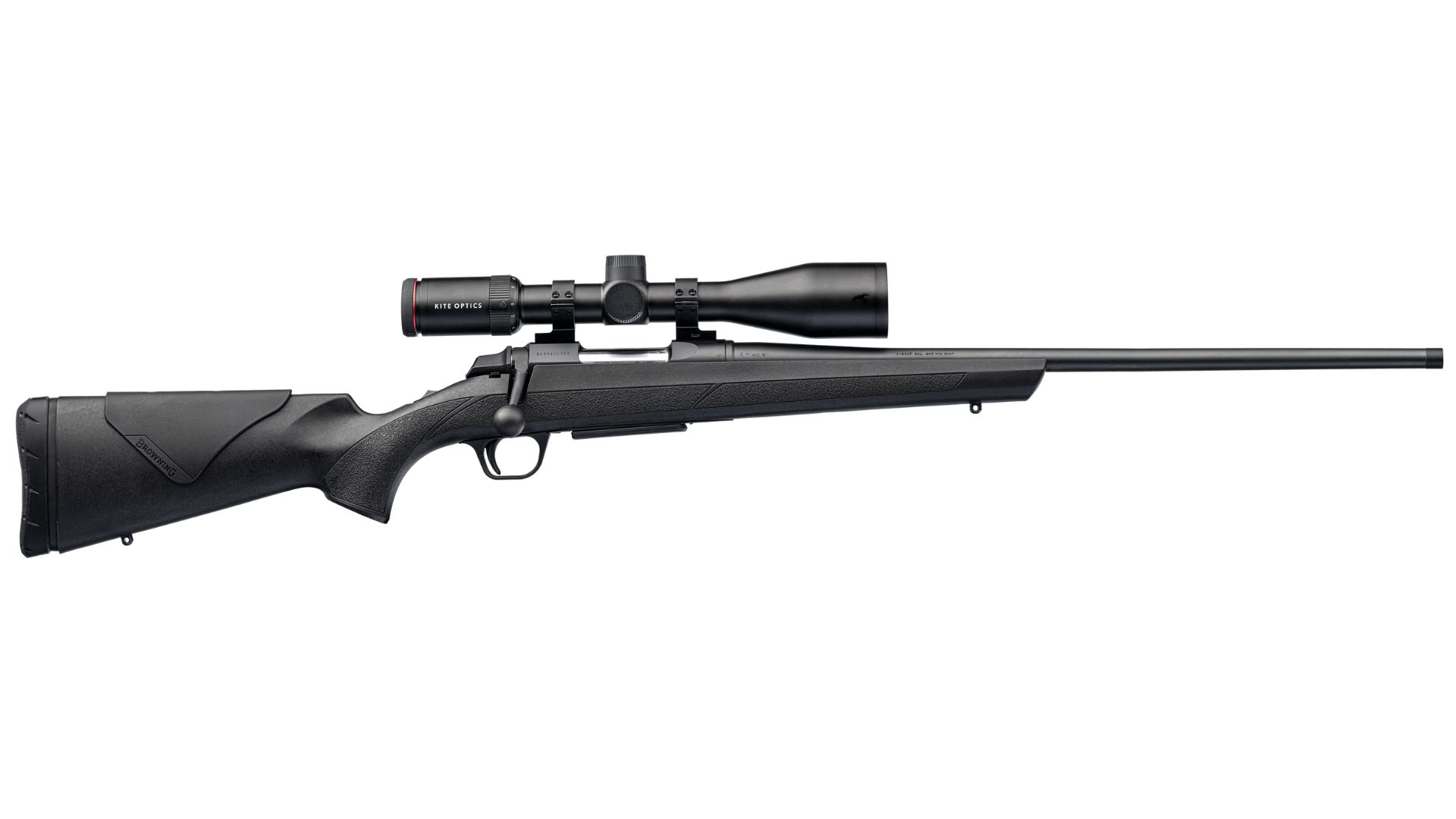
You expected a smooth bolt and a tidy trigger from the A-Bolt, but certain factory builds left owners underwhelmed. Early or entry-level A-Bolts sometimes shipped with heavy bolt lifts or sloppy bedding that kept groups wider than they should be. When you’re paying Browning money you want that crisp, repeatable feel—if it’s not there, you notice it fast. For many hunters that first disappointment equals “one season and done.”
What kills these rifles in practice is the little things adding up: odd stock fit, scopes moving, or a trigger that needs help. You don’t want to spend a season fixing factory problems on a rifle you planned to hunt with, and a lot of A-Bolt owners quietly swap theirs out for something that just works without a garage project attached.
Savage 11/111
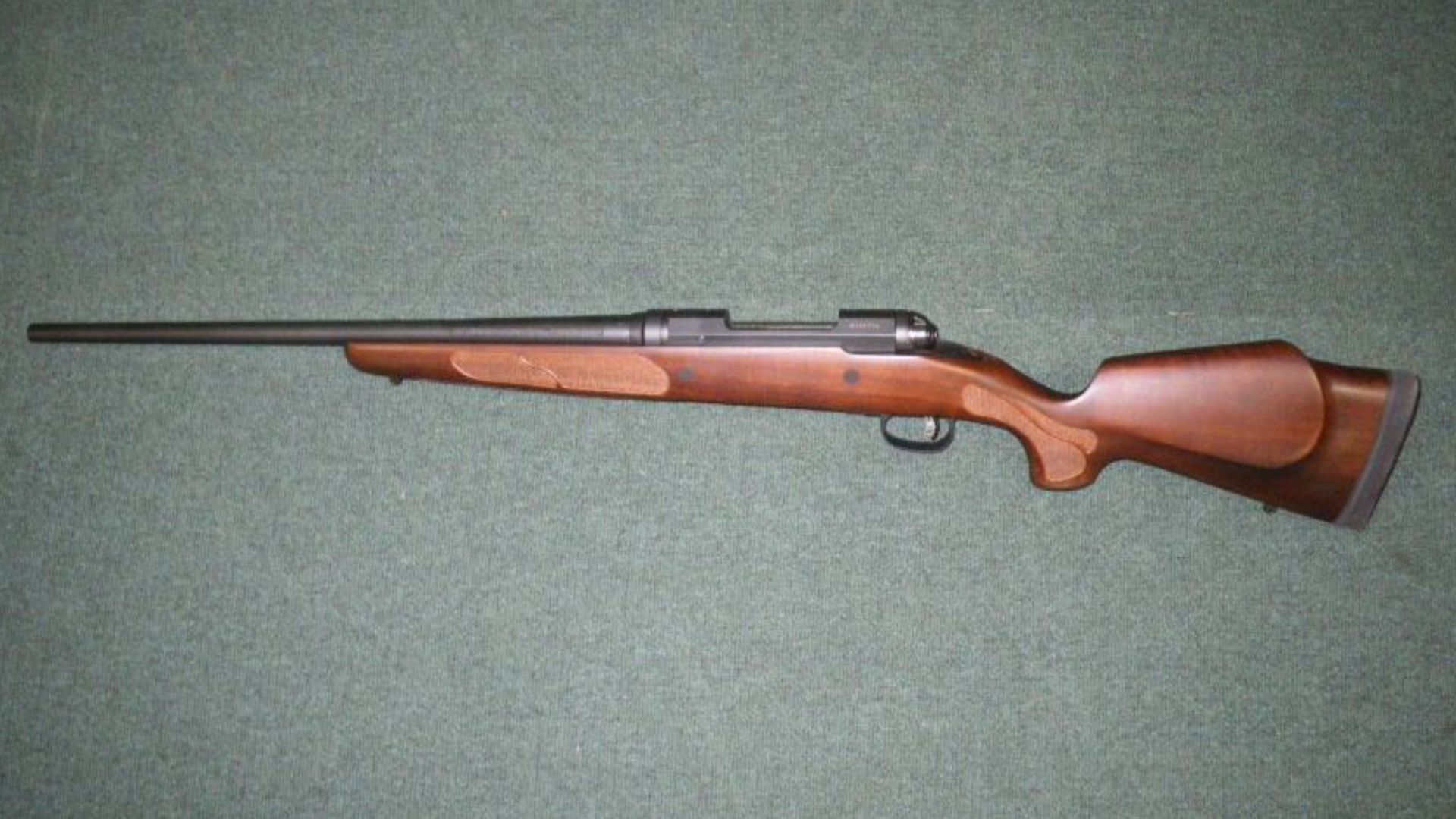
Savage’s Model 11/111 family has shot well for plenty of folks, but the factory-configured, budget setups are often the ones you carry once and forget. Out of the box you might get a rifle with a decent barrel but a cheap recoiling stock, a factory trigger that’s inconsistent despite the brand’s AccuTrigger reputation, or mounting surfaces that make zeroing a chore. When the rifle feels like a grab-bag of compromises, you don’t bond with it.
You’ll find these guns perform acceptably on the range, then underperform when you need a calm, predictable follow-up shot. Hunters who don’t like tinkering end up swapping the rifle for something more satisfying. It’s honest workhorse potential ruined by too many factory shortcuts—useful if you’re handy, forgettable if you’re not.
Tikka T3x Lite
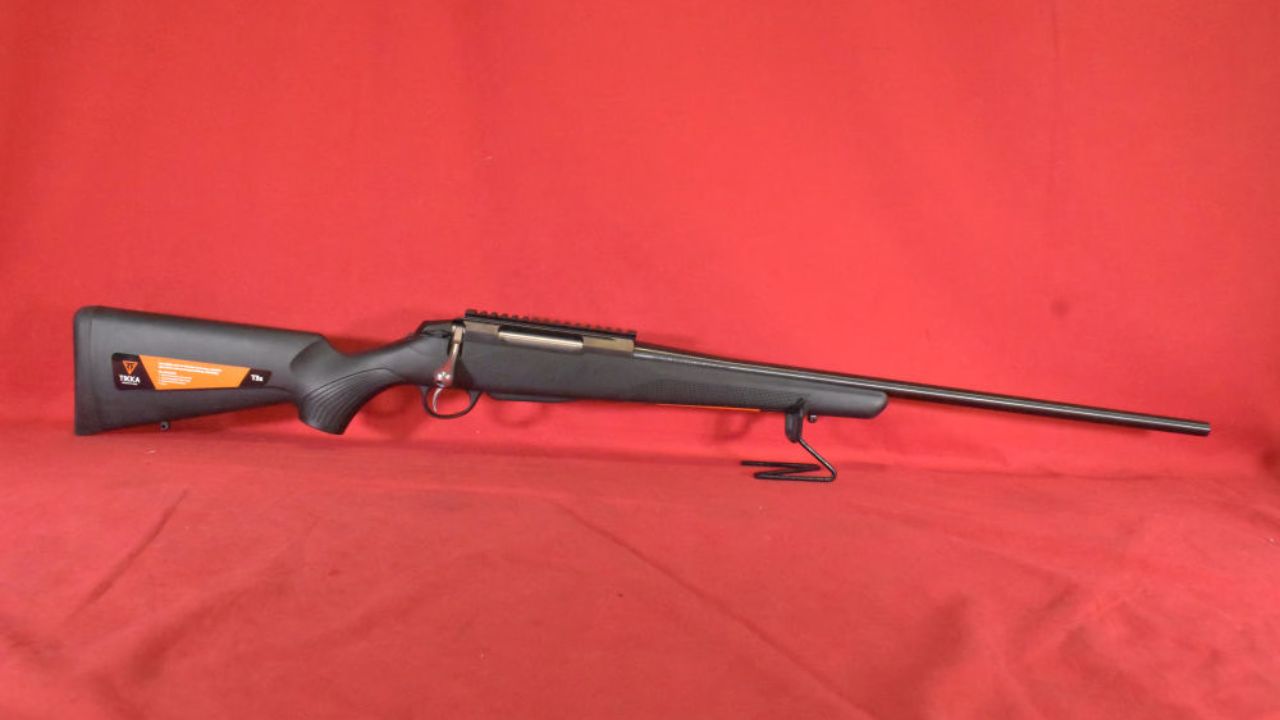
Tikka’s name usually means smooth action and good out-of-the-box accuracy, but the lightweight T3x variants trade stability for carrying ease—and that can bite you. You haul a lighter rifle, enjoy the weight savings on long hunts, and then discover the rifle’s muzzle jumps more and groups open slightly compared with a heavier sibling. That extra recoil and movement makes it harder to settle into tight groups when wind or nerves show up.
Many hunters buy a T3x Lite for the packability and end up trading it for a standard-weight Tikka or another bolt with more mass. It’s not that the Lite is bad—it’s just the kind of rifle that works better in theory than in repeated, real-world use when you want rock-steady follow-through.
CZ 550 American
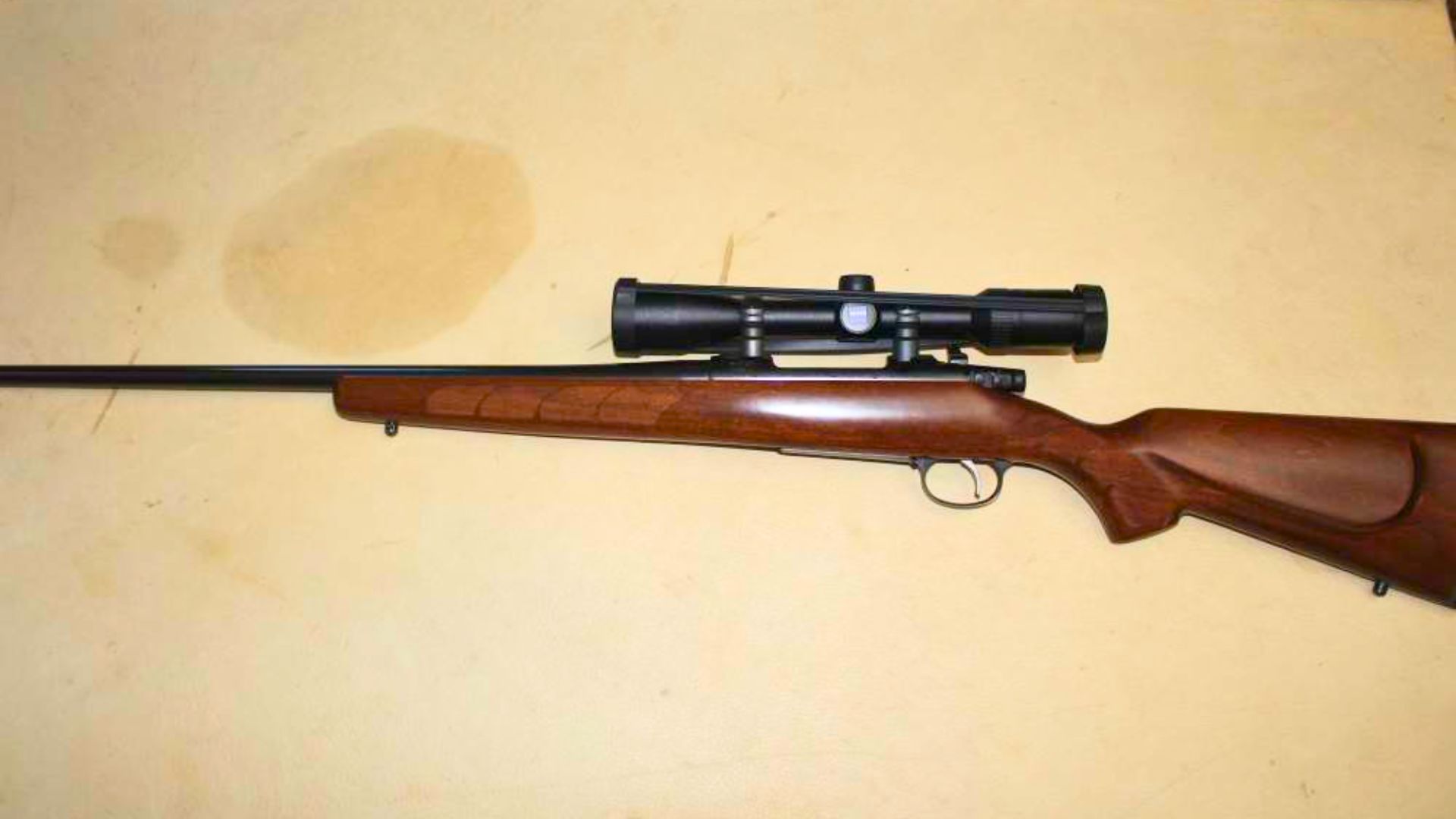
CZ made a lot of right choices on the 550 platform, but some early or entry-level American variants suffered from awkward stock geometry or fit-and-finish quirks. If the comb height or length of pull isn’t right for you, the rifle never feels natural at the shoulder. You might shoot it once, struggle to put consistent rounds on paper, and conclude the rifle’s personality just doesn’t match yours.
Hunters who don’t want to chase bedding jobs or stock swaps will often sell these quietly. It’s a shame, because the action and barrel are capable—this is mostly a “doesn’t fit you” problem that turns a potentially fine rifle into something you carry once, then move along from.
Kimber 84M
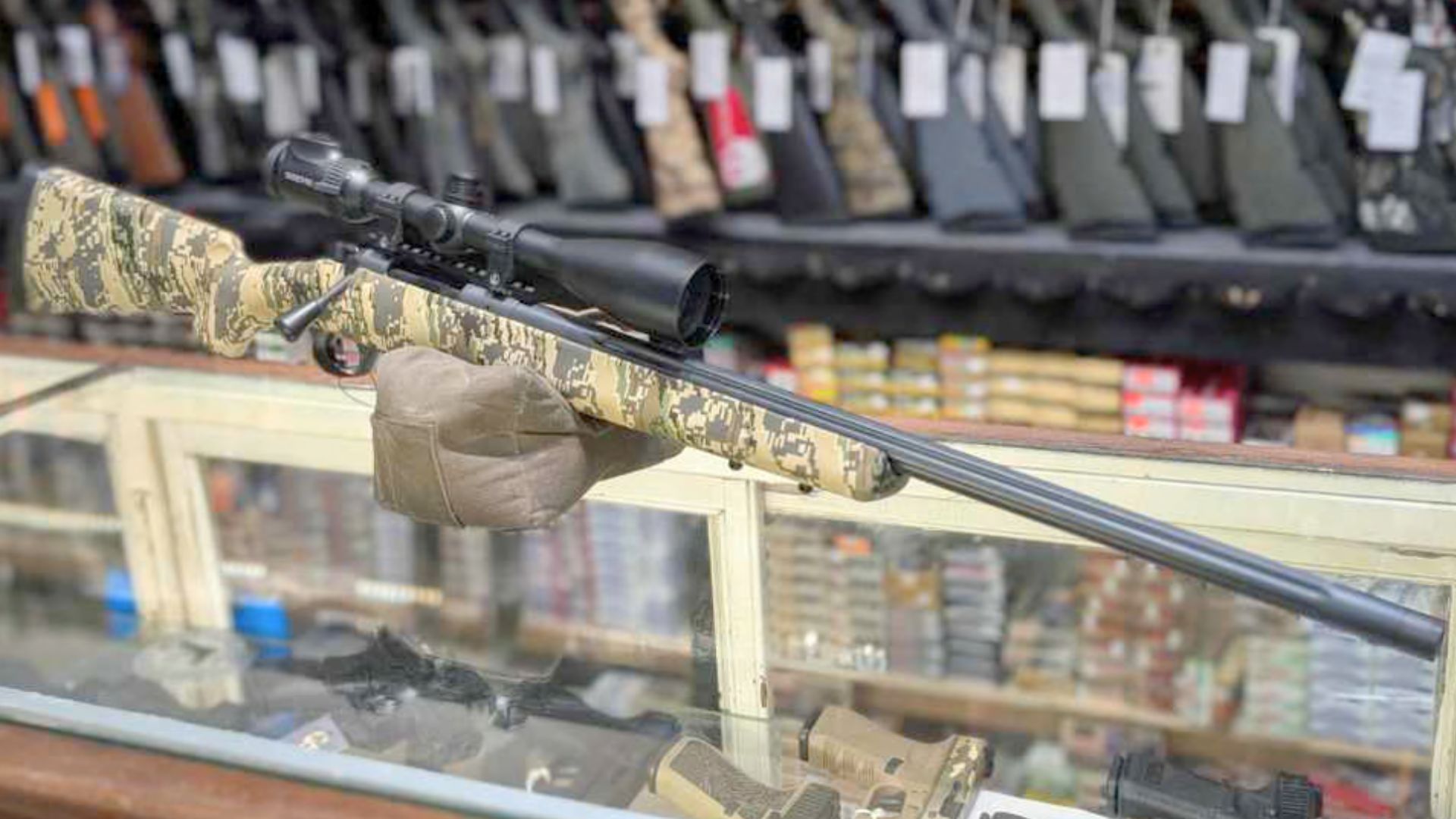
Kimber’s 84M looks the part with premium bluing and a high-end feel, but that cosmetic focus sometimes masked inconsistent performance in the field. You buy one for the fit and finish and expect match-grade output; if the factory bedding or trigger isn’t nailed down, the rifle can be pretty but not dependable under real hunting conditions. That mismatch—pretty gun, inconsistent groups—leads a lot of owners to swap it out.
If you’re the sort who judges a rifle by how it shoots when your tag’s on the line, an 84M that needs work won’t last long in your pack. It’s not uncommon to see these traded for simpler, more predictable rifles that don’t need pampering.
Ruger American
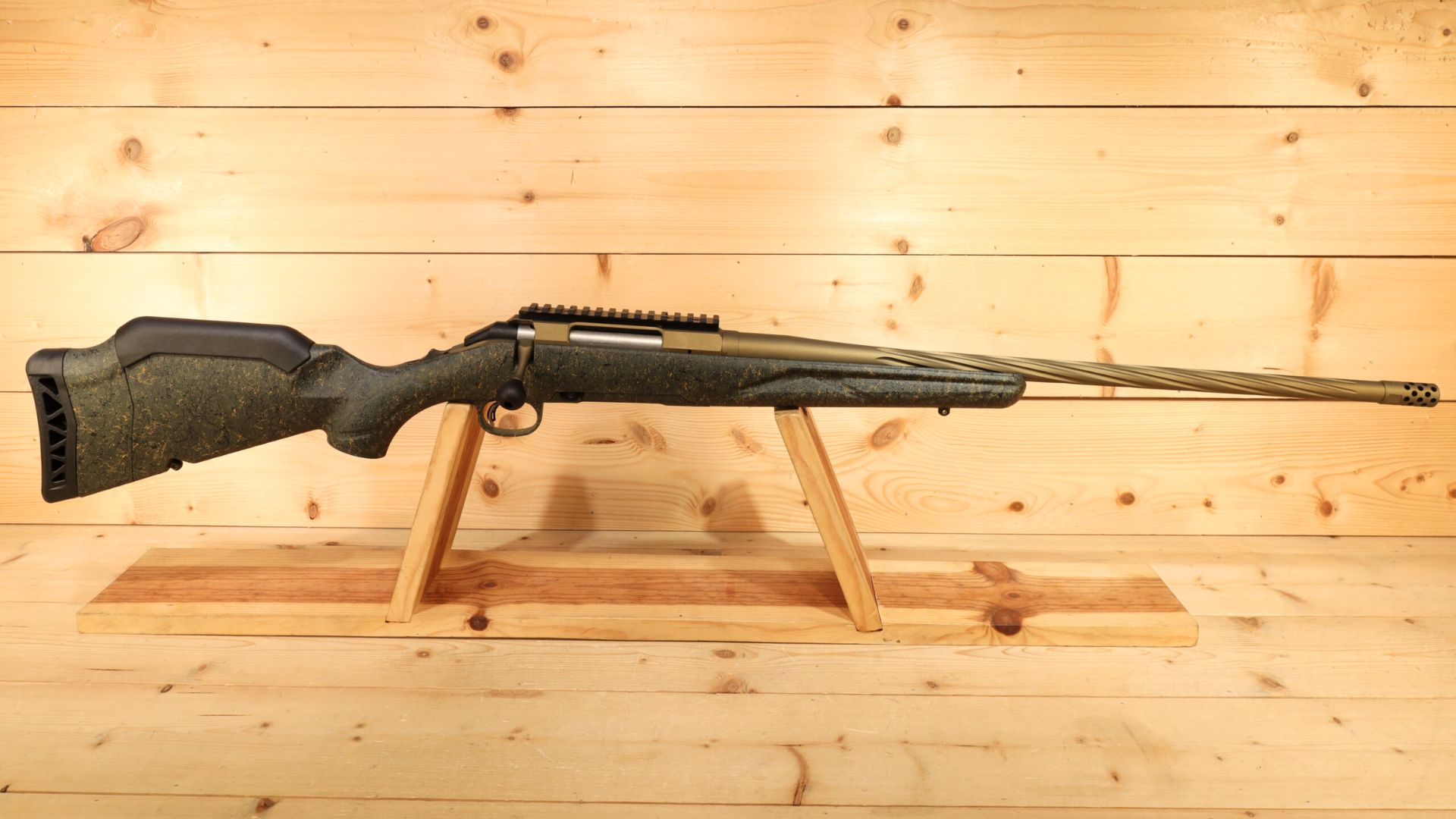
The Ruger American did a lot to push affordable rifles forward, but the basic hunting configurations sometimes feel hollow or uninvolving to carry. The modular stock and polymer feel keep weight down, which is great—until you fire and find the follow-up shot isn’t as controlled as you expected. You can certainly make them shoot better with bedding and trigger work, but many hunters don’t want to tinker.
If you’re buying a rifle to pick up and trust every season, a stock Ruger American can be a one-trip rifle for those who want an immediate, confidence-inspiring tool. That “it’ll do” mentality means plenty of these end up collecting dust once someone replaces them with a rifle that just feels right.
Winchester SXP
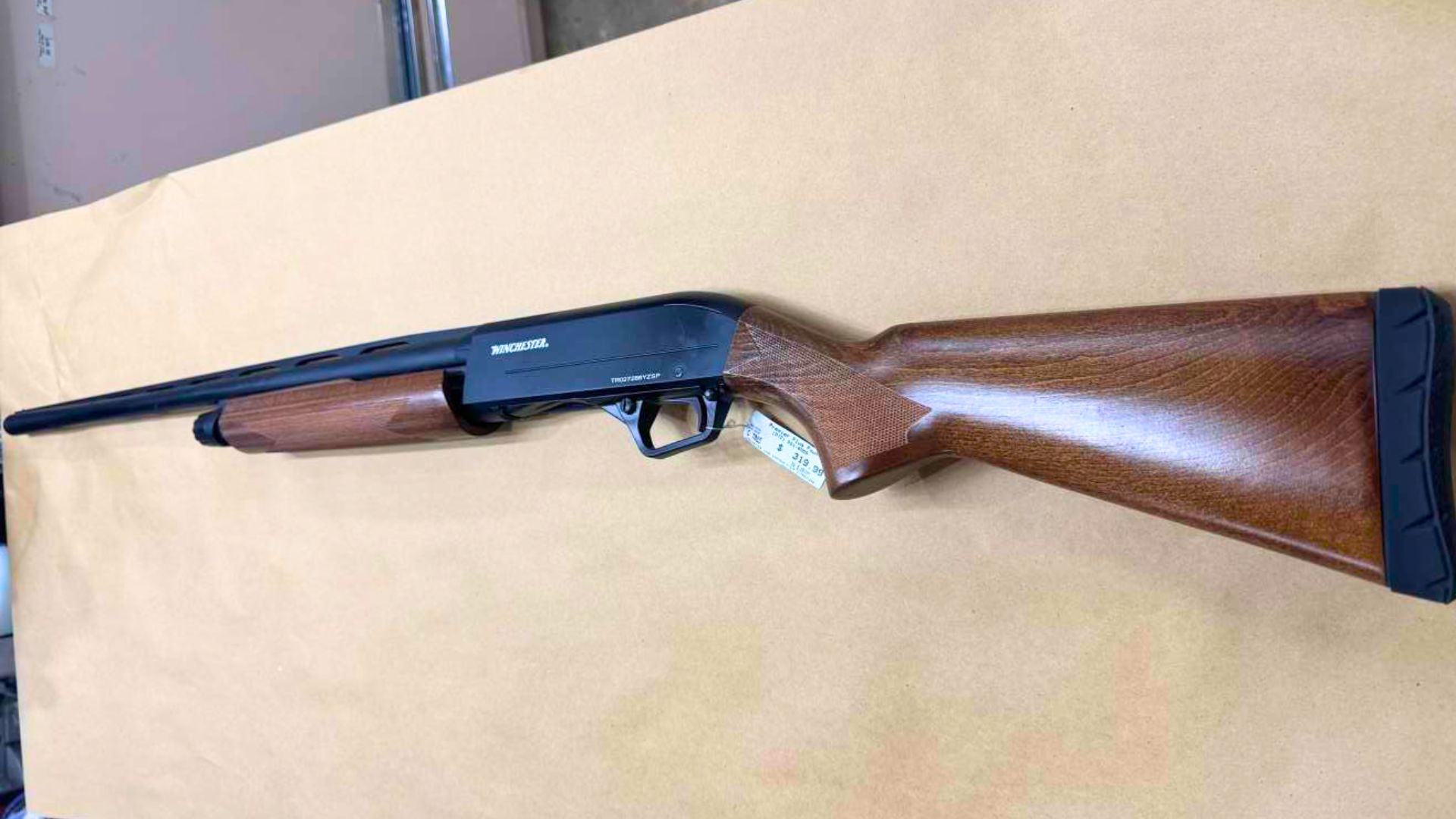
The SXP is a shotgun more than a rifle, but some hunters bought lightweight, fast-handling models expecting rifle-like follow-through for slugs and ended up disappointed. Slugs demand a consistent mounting and predictable recoil impulse; when your shotgun doesn’t give you the repeatable feel a rifle does, your accuracy suffers. You take it out for a season, miss shots you shouldn’t, and stash it away.
This is a niche complaint, but it matters to people who hunt with slugs. A shotgun that feels like a compromise when you need precision will often be used once and forgotten in favor of a true slug platform or a dedicated rifle.
Browning BLR
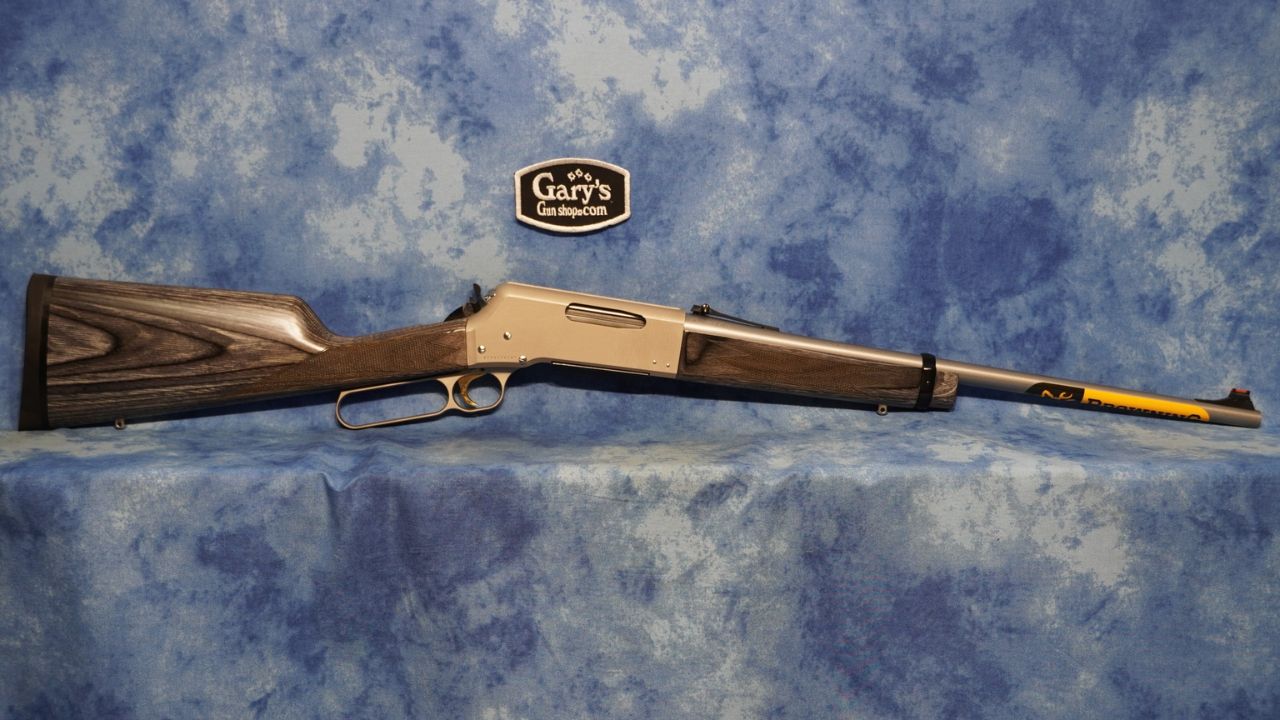
You might buy a Browning BLR for the classic lever experience with modern cartridges, but certain lightweight or compact BLR variants trade stability for carry ease. They feel great slung, but when you shoulder up for a crucial shot the reduced mass can make accuracy a touch less forgiving—especially with hotter cartridges. After one season of bouncing groups and having to re-zero, those rifles often find their way to classifieds.
Levers are supposed to be reliable, but they also need to help you aim and repeat shots. When a lightweight BLR doesn’t deliver that, you move on to a rifle that balances on the shoulder and behaves predictably.
Remington Model 788
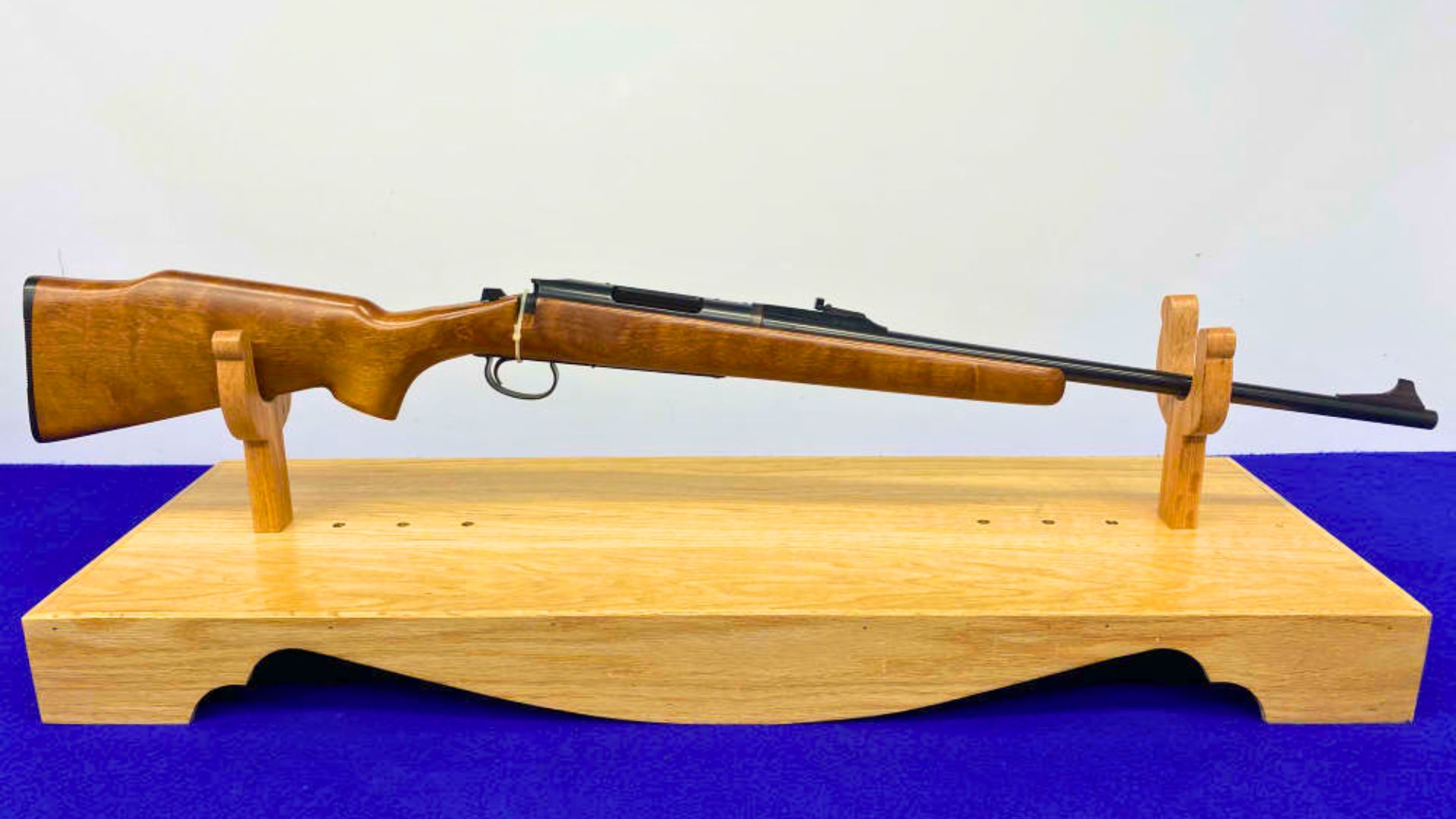
The Model 788 was Remington’s attempt at a budget action years ago, and plenty were sold as cheap field guns. You can still find them in the hands of hunters who bought on price and later realized the rimfire-style feeding and older bedding practice meant inconsistent accuracy for big-game work. It fires; it’s generally safe—but if you expected modern Remington performance you might be disappointed after a first season.
A lot of these end up at estate sales or traded when owners decide they want modern ergonomics and a smoother trigger. It’s a classic “you get what you pay for” lesson—useful once, forgettable forever if your expectations were higher.
Like The Avid Outdoorsman’s content? Be sure to follow us.
Here’s more from us:
Calibers That Shouldn’t Even Be On the Shelf Anymore
Rifles That Shouldn’t Be Trusted Past 100 Yards
*This article was developed with AI-powered tools and has been carefully reviewed by our editors.





